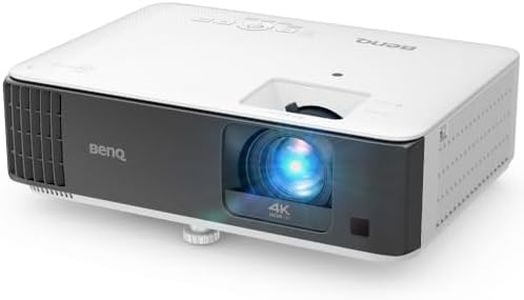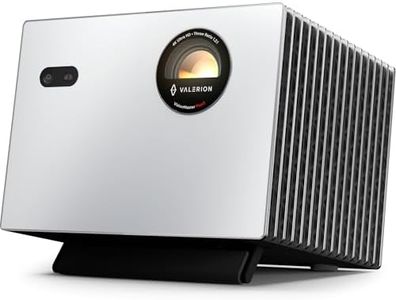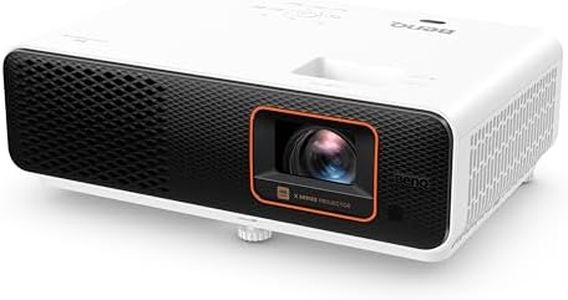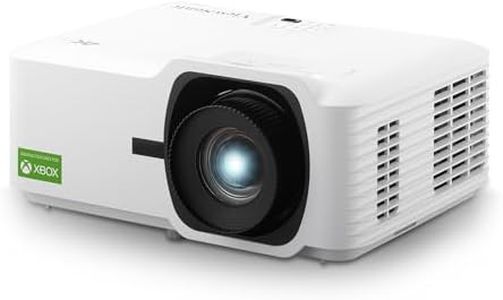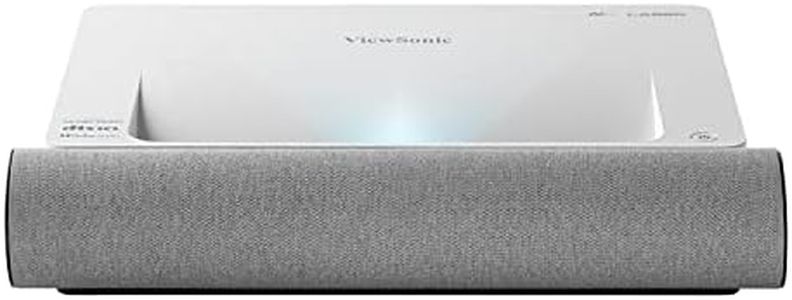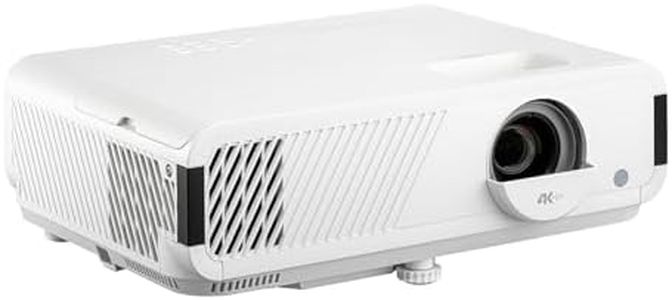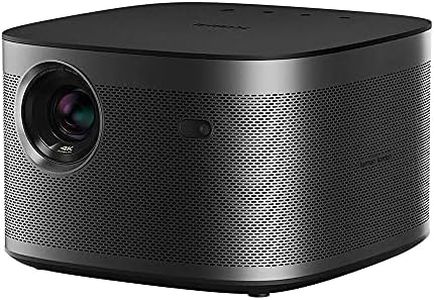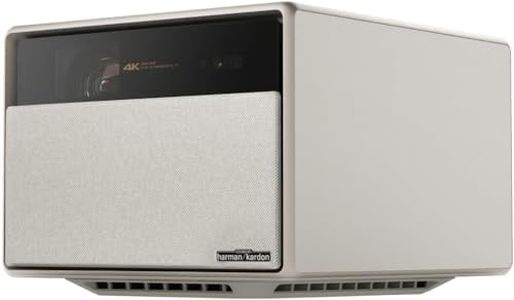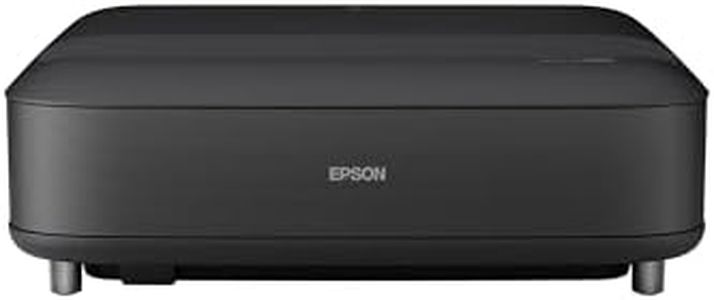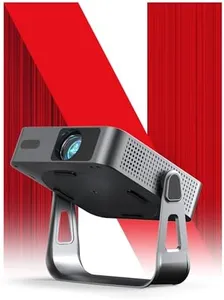We Use CookiesWe use cookies to enhance the security, performance,
functionality and for analytical and promotional activities. By continuing to browse this site you
are agreeing to our privacy policy
10 Best Projectors For Gaming
From leading brands and best sellers available on the web.Buying Guide for the Best Projectors For Gaming
Choosing a projector for gaming is all about finding the right features that deliver smooth, clear images and fast response times. You want your games to look vibrant and feel responsive, whether you’re playing competitive shooters or immersive adventure titles. By focusing on a few important specs, you can ensure your projector matches how and where you like to game.Input LagInput lag is the time between pressing a button on your controller and seeing the result on the screen. For gaming, a lower input lag is crucial because it keeps your actions feeling instant and responsive. Projectors can vary widely here: those under around 20 milliseconds are usually great for fast-paced gaming, 20-40 milliseconds are fine for most casual gaming, and anything above 40 milliseconds might start to feel sluggish, especially in competitive games. When deciding what you need, think about what types of games you play—competitive gamers should go for the lowest input lag possible, while casual players can be more flexible.
ResolutionResolution is the number of pixels the projector can display, which affects the clarity and detail of your games. Common options range from HD (720p) to Full HD (1080p) to Ultra HD (4K). 720p is usually sufficient for a small screen or mobile setup, 1080p works well for most gamers and gives a good balance of sharpness and performance, while 4K provides the highest detail and is best for large screens or if you want a true next-gen look. Pick the resolution that matches your gaming system and the screen size you’ll be using—higher resolutions are great if your games and setup can take advantage of them.
Refresh RateRefresh rate is how many times per second the projector refreshes the image, measured in hertz (Hz). A higher refresh rate means smoother motion, which is especially important for fast games. Many projectors will offer 60Hz as standard—a solid choice for most gamers—but those looking for an even smoother experience might find models supporting 120Hz or higher. If you mainly play fast-paced or competitive games, seek out a high refresh rate; casual or story-driven gamers may be satisfied with standard refresh rates.
BrightnessBrightness, measured in lumens, tells you how well a projector can handle bright environments and how vivid your games will look. Lower brightness (under 2000 lumens) works if you have a dark room, while 2000-3000 lumens is good for rooms with some ambient light. For gaming in brighter spaces, look for projectors above 3000 lumens. Match the brightness to your gaming environment—darker rooms let you use lower brightness, but bright rooms need a more powerful projector to keep the picture vivid.
Contrast RatioContrast ratio describes the difference between the darkest and brightest parts of the image. Higher ratios mean deeper blacks and more vivid colors, which help create a more immersive gaming experience. Ratios of around 1000:1 are basic, while higher-end projectors can go well above 10000:1. If you enjoy atmospheric games with a lot of dark scenes, aim for a higher contrast ratio to see more detail and depth, but for mostly bright or fast-action games, an average ratio might be enough.
Connectivity OptionsConnectivity options determine how you hook up your gaming devices to the projector. Common ports include HDMI, USB, and sometimes wireless connectivity. Most modern gaming devices use HDMI, so having at least one or two HDMI ports is important. Some projectors offer low-latency gaming modes on specific inputs. Check that the projector has the right ports and features to match your gear—if you switch between multiple consoles or want to use streaming devices, more options will make your setup easier.
Throw Distance and Screen SizeThrow distance is how far you need to place the projector from the screen to get a certain image size, while screen size is the size of the image itself. Some projectors support short-throw (large image from a short distance) or ultra-short-throw (very large image from just a few inches away). Choose based on your room: small rooms benefit from short- or ultra-short-throw models, while larger spaces can use standard projectors placed farther back. Decide how big an image you want and match it to your available space.

